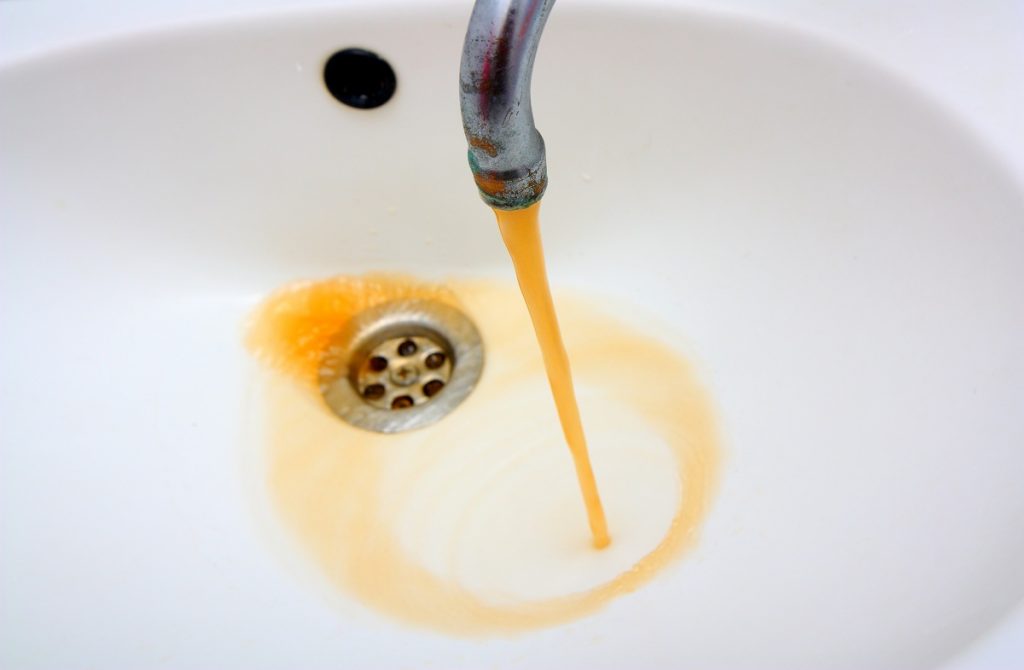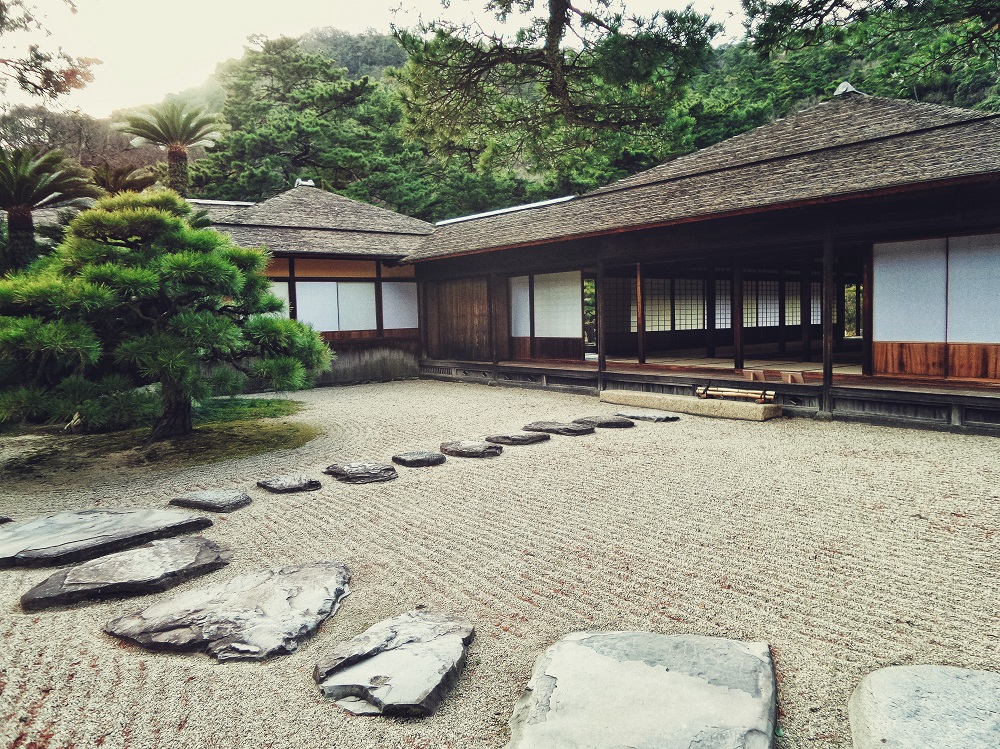The pipes in your home will eventually corrode over the years. When this happens, they need repairs or replacements, depending on the severity of the damage. Otherwise, leaks will occur, and eventually a flood of sewage or water that can set you back thousands of dollars to repair. That being said, here are what you need to watch out for:
Stains and Leaks
Check walls and surfaces underneath your pipes for stains that can indicate a leak. Even if you don’t see any leaks, stains suggest past leaks that can indicate trouble in the future. Even seemingly minor leaks that can be repaired easily might indicate that it’s time for you to replace your plumbing.
Slow Drainage
You’ve probably experienced a sink or tub that drains slowly as expected and even managed to fix it with boiling water, commercial drain cleaner, or a pipe snake. However, if you experience slow drainage and have tried the usual fixes to no avail, the problem might be your plumbing. It can indicate a damaged pipe or water pooling in your main drain that’s not being drained properly. A broken pipe equals water and mold, while still water can pose a health hazard. Seek the help of an experienced emergency plumber in Salt Lake City, such as one from Expert Plumbing, Heating, Air and Electrical, if you have this kind of problem.
Low Water Pressure
If you experience low water pressure, check if the showerhead or faucet isn’t clogged first. Tie a plastic bag filled with vinegar over the faucet or head for several hours to see if this fixes your water pressure problem. Otherwise, seek the help of a licensed plumber right away because low water pressure could be caused by various things such as a burst pipe that’s leaking water where you can’t see it, a malfunctioning water heater, or clogs in your pipes.
Strange Water Color

The water coming out of your faucet must be clear. If it’s cloudy or whitish, there’s trapped air in your pipes, and if it’s yellowish or brownish, there’s rust in your pipes perhaps due to very old pipes or a water main breaking in the area. If the water is greenish, your copper plumbing is corroding, and if it’s blue, your pipes have almost totally corroded.
Hot Water Doesn’t Stay Hot
You’re probably aware that your hot water tank has a maximum capacity and that when used up too quickly, you have to wait for some time for it to be replenished with hot water. However, if you turn on your shower for the first time today and find that the water coming out is cold only after several minutes, then you’ve got a problem. The problem might be an issue with the water heater. It might have difficulty maintaining a constant temperature or has a leak.
Make sure to inspect your plumbing on a regular basis to make sure that your pipes are in tip-top shape or if they need repairs or replacements. Regular maintenance will help you avoid more costly repairs and spot and address issues before they can cause more damage. Additionally, if your home is 60 years old or even older, check all exposed plumbing at least once a year to look for signs of trouble.


